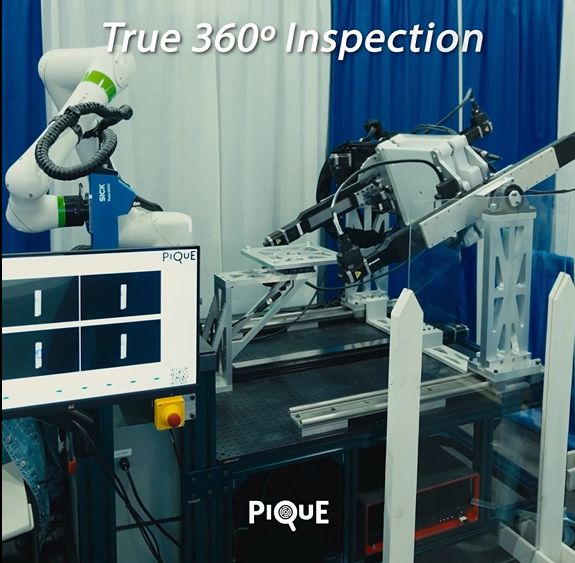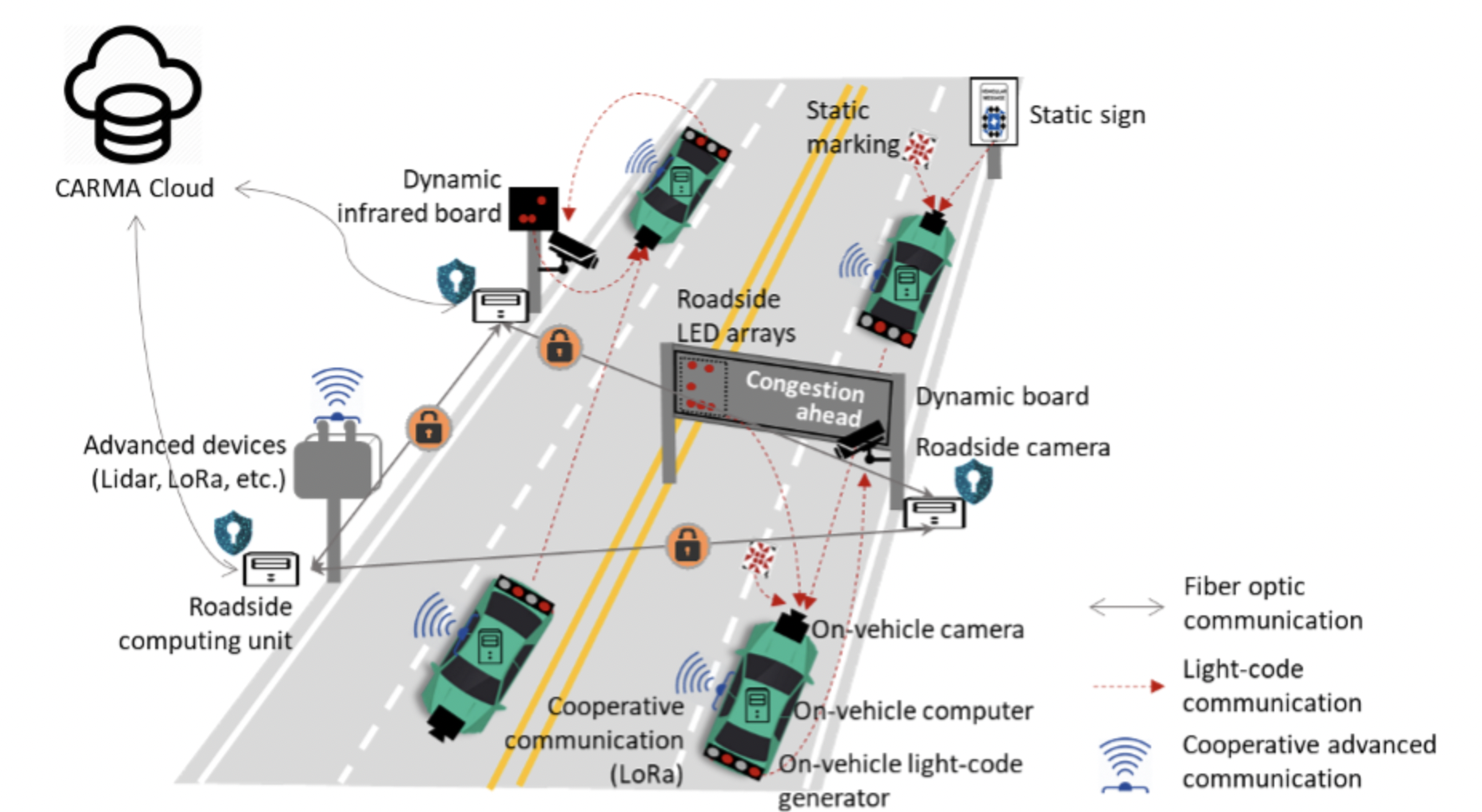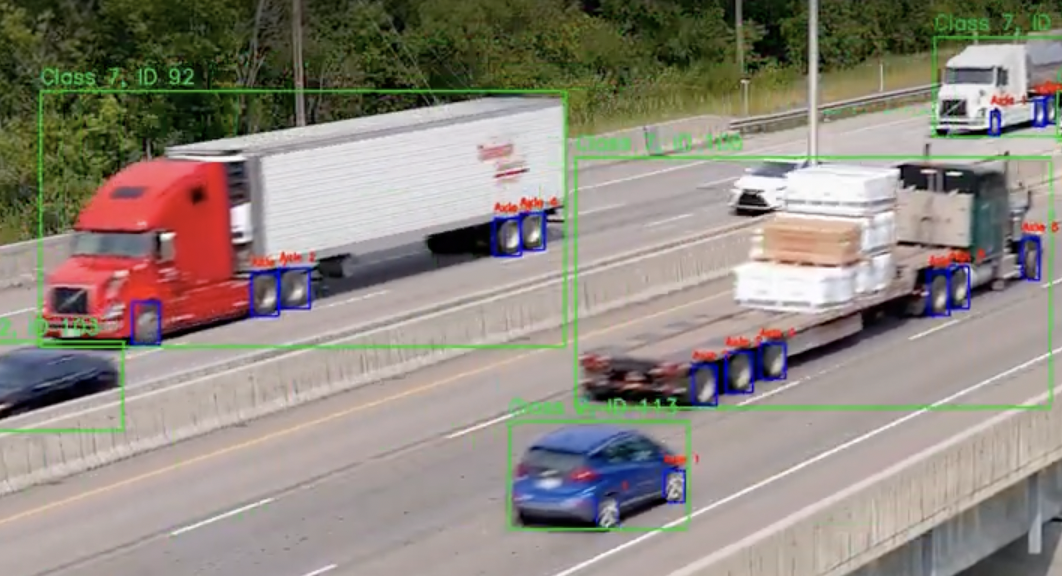Research/Projects

Pique Project (PIQuE – Panoptic Inspection & Quality Expert)
Computer Vision Systems Engineer
April 2024 – Present
- Developed a 360° AI-powered inspection system featuring 3D laser triangulation and deep-learning models to identify scratches, dents, missing components, and barcode errors in high-speed production environments. :contentReference[oaicite:0]{index=0}
- Built in-vehicle and infrastructure setups using advanced image processing and multi-camera calibration pipelines to deliver full-coverage defect detection and object tracking.
- Engineered adaptive learning capabilities in the system so the AI improves continuously from historical inspection data, reducing false positives and enabling plug-and-play integration across automotive, electronics, medical device, and aerospace industries. :contentReference[oaicite:1]{index=1}
- Integrated real-time edge processing with cloud-based analysis and remote monitoring, ensuring scalable quality control with minimal downtime. :contentReference[oaicite:2]{index=2}

DOE Vector Project
Computer Vision Systems Engineer
April 2024 - Present
- Developed AI sensing systems using YOLO models and BotSort for real-time object detection and tracking in both in-vehicle and infrastructure setups.
- Designed in-vehicle systems with NVIDIA Jetson Orin hardware to detect road users and integrate V2X messages, enhancing adaptive driving and collision avoidance.

A Bridge Weigh-in-Motion System
Computer Vision Systems Engineer
October 2023 - Present
- “USDOT SBIR Phase 2 grant-funded project”
- Engineered machine learning models using convolutional neural networks (CNNs) to convert pixel coordinates into real-world data, utilizing OpenCV and perspective transformation matrices for precise axle and FDOT’s 13 class classification.
- Monitored traffic using deep learning models on CCTV footage, applying YOLOv10 for object detection and the BotSort algorithm for continuous tracking of heavy trucks, optimizing for axle identification and classification.
- Work on a low-cost, portable, and reliable BWIM technology to identify overweight vehicles passing load-posted bridges, addressing the lack of enforcement on rural bridges.

On-Board Machine Vision for V2X
Data Scientist and Machine Learning Engineer
May 2023 - Present
- Developed object detection and classification models using YOLOv8 and YOLOv9, enhancing vehicle-to-everything (V2X) communication by providing real-time detection of vehicles, pedestrians, and road signs through onboard cameras.
- Organized and processed extensive datasets, ensuring data accuracy and relevance for model optimization.
- Enhanced model performance by implementing data augmentation techniques such as image rotation, scaling, and flipping, improving robustness across diverse environmental conditions and boosting classification accuracy.

VisionConnect Mini (Autonomous Scooter)
Data Scientist and Machine Learning Engineer
May 2023 - November 2023
- Collected and analyzed extensive data from sensors and onboard cameras, focusing on camera positioning and angles to optimize object detection and classification for autonomous scooter navigation.
- Conducted preliminary data preprocessing and organization, ensuring high-quality input for future model training and validation.
- Explored optimal camera placement and angle configurations to enhance the system’s ability to detect obstacles and objects in dynamic urban environments, while also preparing the groundwork for model training.
Thesis: Utilizing Synthetic Image Generation with LLMs and Diffusion Models
Florida Polytechnic University
December 2022 - May 2024
- Developed a cutting-edge approach to generate synthetic images using LLMs and diffusion models, aimed at enhancing datasets for autonomous vehicle training in object detection and classification.
- Created diverse, high-quality synthetic datasets of emergency vehicles under varying environmental conditions using GANs (Generative Adversarial Networks), addressing limitations of real-world data.
- Integrated synthetic data into existing machine learning pipelines using TensorFlow and PyTorch, resulting in a marked improvement in model performance for emergency vehicle detection, validated through real-world testing.

Thesis: Automated Vehicle Mirror Adjustment Using Driver’s Eye Location
Izmir University of Economics
September 2020 - September 2021
- “The Scientific and Technological Research Council of Türkiye granded project”
- Designed a computer vision system using OpenCV and Hough Transform algorithms to optimize vehicle mirror positions, reducing blind spots and improving safety.
- Developed a driver monitoring system with Haar cascades for facial detection and CNN-based eye-tracking to detect driver drowsiness, providing real-time alerts and enhancing safety measures.
Nebula Rocket Team - Izmir University of Economics
Computer Vision, Aerodynamics, and Parachute Systems Specialist
January 2018 – June 2020
- Designed and implemented parachute systems for high-altitude rockets, ensuring precise deployment through real-time monitoring and computer vision systems, contributing to the team’s finalist position at the 2020 Teknofest High-Altitude Rocket Competition.
- Integrated real-time flight data analysis using onboard cameras and custom vision algorithms, enabling detailed performance evaluations of aerodynamic behavior during launch.
Ecospace High-Altitude Hydrogen Balloon - Izmir University of Economics
Test Analysis and Aerodynamics Specialist
September 2016 – December 2017
- Designed and produced a high-altitude hydrogen balloon, equipped with GPS modules and barometric sensors, facilitating real-time data collection for testing electronic and mechanical systems in stratospheric conditions.
- Leveraged computer vision techniques to improve the accuracy of data collection and analysis, enabling precise tracking and performance validation during high-altitude flight tests.
Heusler-Type Alloys Research Project - Aziz Atik Anatolian Teacher Training High School
Student Researcher
May 2013 – May 2014
- Conducted research on the magnetic properties of Heusler-type alloys, employing computer vision techniques to analyze structural changes, leading to an invitation to the 2014 TÜBİTAK High School Students Research Projects Regional Exhibition.
- Utilized data processing algorithms to evaluate magnetic properties, contributing to advancements in the understanding of material behavior under varying magnetic fields.

